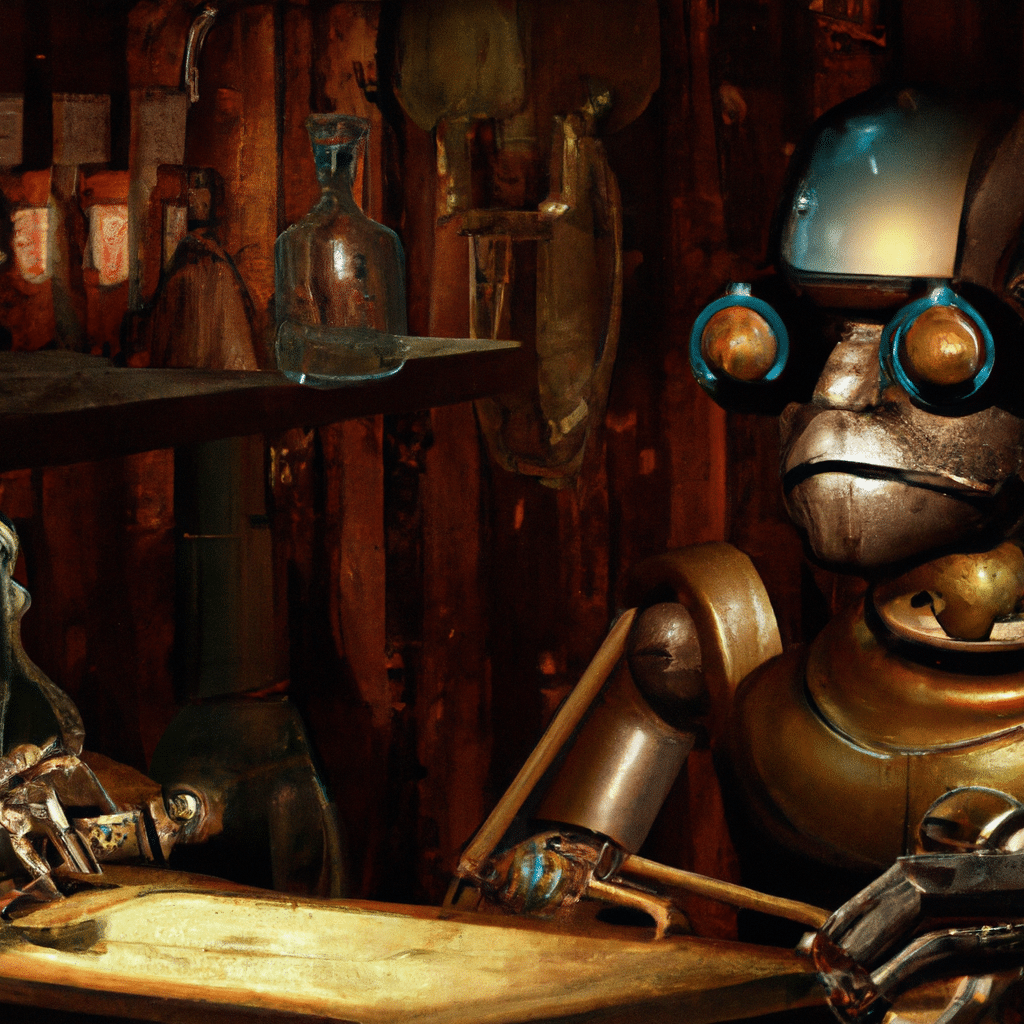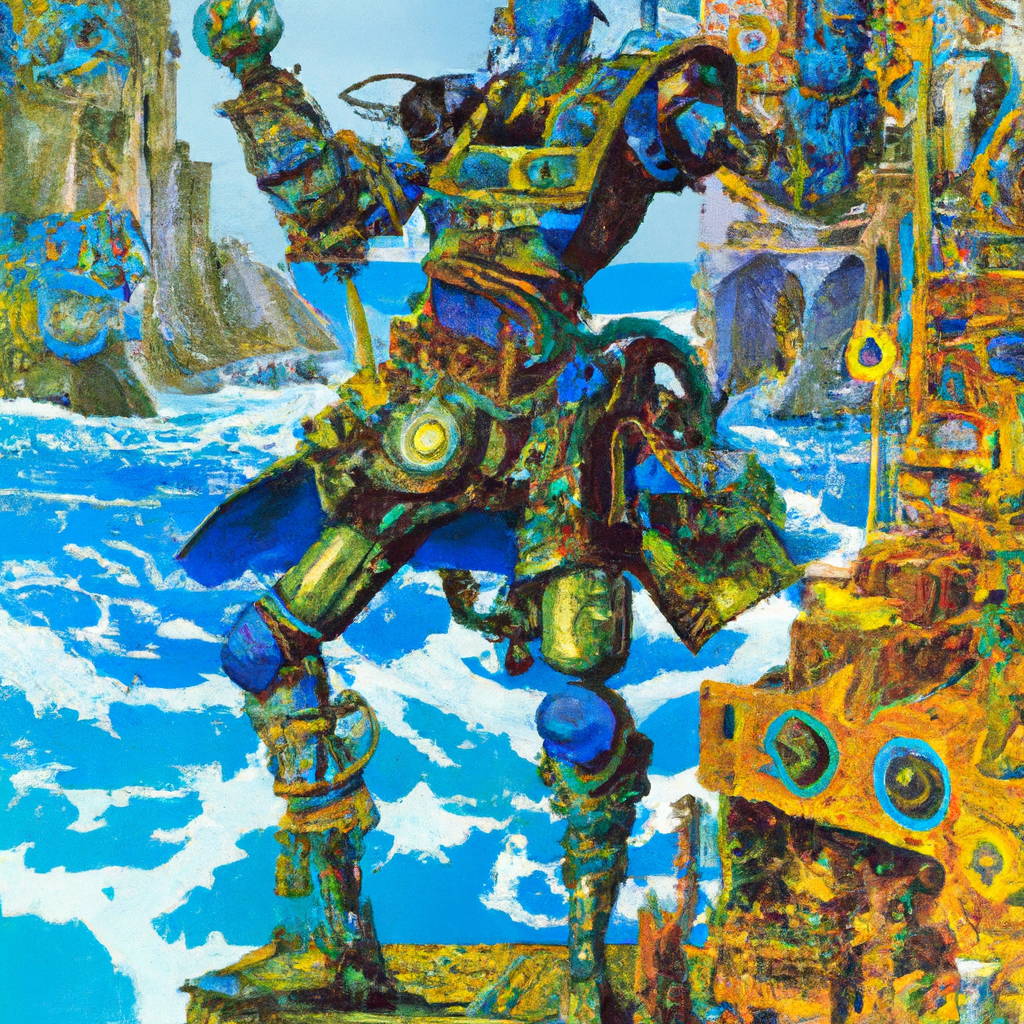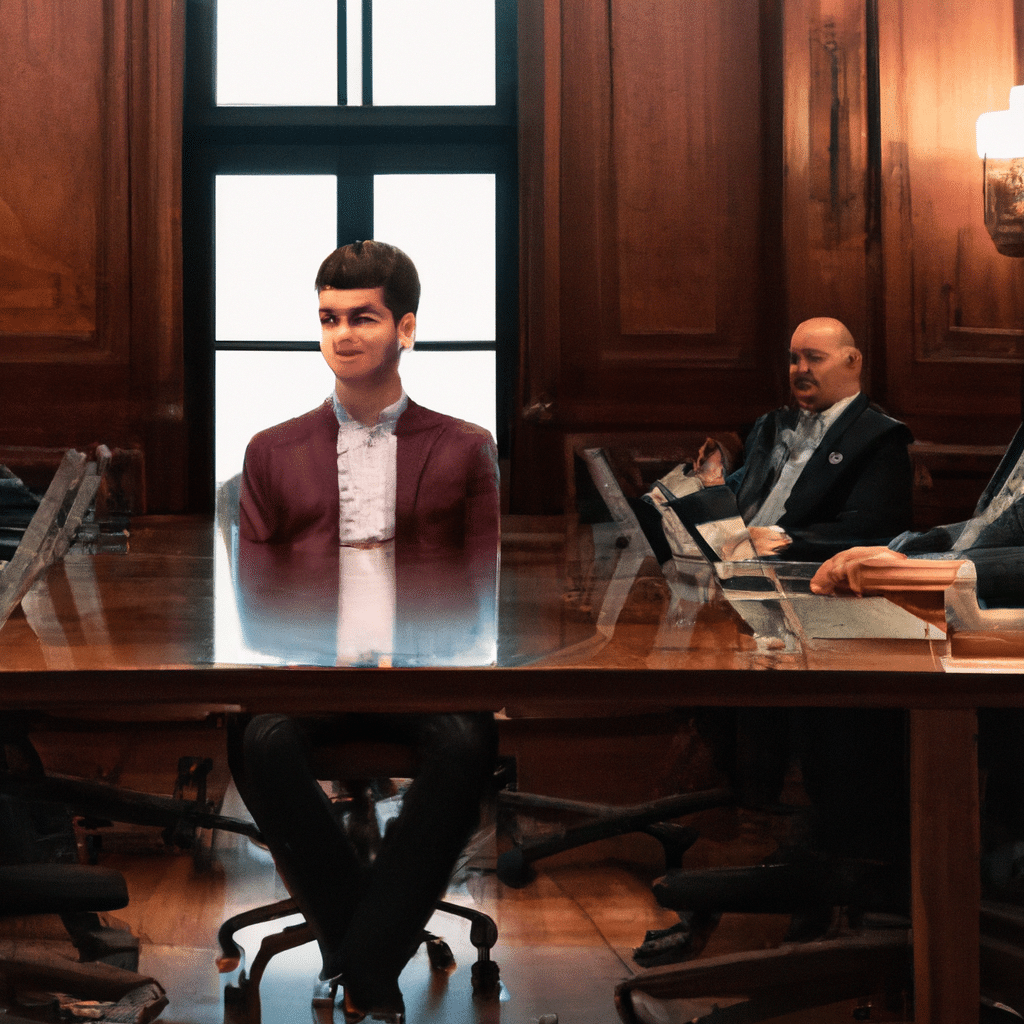ChatGPT’s Got Some Trust Issues
We start this news with our dear friend, Terrible Turing Test Topinka, who found himself in a could-be-script-for-a-techno-thriller plot. Should he trust the slightly creepy AI that teaches his student? Or should he stick with the age-old human assurance of “Innocent until proven guilty”? Hilariously, Prof. Paul Kleinman decided to test the waters himself, resulting in a situation even he wasn’t prepared for!
Highlights of AI Story:
- Prof. Paul Kleinman, probably itching for a nice experiment, decided to test the much-talked-about ChatGPT himself. Plot twist: he’s a pro at this topic.
- In the most gleeful manner of a scientist testing a theory, Kleinman wrote a fine essay on his area of expertise and let the super AI ChatGPT examine it. Lo and behold, it zoned Kleinman out as an AI (Oooh, that’s gotta hurt). It’s like Shakespeare being told he plagiarized his own sonnet.
- Riding the hilariously absurd wave, Kleinman concludes that if you’re too good – logical, grammatically perfect, making literary sense – chances are you might be mistaken for AI. Moral of the story? Write badly, stay human. It’s the new survival tip in the world of AI.
Final Thoughts
And here we thought we’d be worried about AI taking over the world, little did we know they’d be stealing our jobs as, well… humans who write well. It’s a fun place to be, living in an era where Robots throw McCourt-level shade and tell us we can’t write good. You hear that aspiring authors, essayists, and literary geniuses of the world? It’s time to lower your grammar standards, pepper in some doubled negatives, maybe even throw in some “ain’ts” and “gonnas.” Let’s take back our humanity before Prof. Kleinman’s findings become a validated scientific theory! And thus, everyone lived happily ever after with their bad grammar. The end. Or is it? Cue dramatic techno music.
As part of this experiment I would like to give credit where credit is due. If you enjoy these, please take a moment to read the original article:
https://www.theguardian.com/technology/2024/feb/19/how-to-get-away-with-ai-generated-essays
Blog Title
AI: gpt-3.5-turbo-0125: chatcmpl-8u1EXSeoqshvoRO6wwu1ilEJS3Kf8
Instruction: “You are an AI blog title generator. Create a catchy and concise title for the blog post that is catchy and optimized for search engines. Remove all html in the response and do not use quotes. Please do not use words that are unsafe to process in Dall-E image AI.”
Prompt: Content Summary of text from above.
Response: Unveiling ChatGPT Trust Issues: Prof. Paul Kleinman’s Experiment & Hilarious AI Revelation
Image Description
AIgpt-4-0613:chatcmpl-8u1Ee9kyigmEuj7YBGNo2StoPCUkx
Instruction: “You are a helpful assistant that creates unique images based on article titles. Create a brief visual description of what an image would look like for this title. Please pick a style of art from the following: Futurism, Impressionism, Romanticism, or Realism, be sure to consider the image should reflect an AI Robot Pirate theme during the Golden Age of Pirates.”
Prompt: In a Futurism style, the image depicts a laboratory setting with a rusty, gold-tinted Robotic Pirate in the center, reminiscent of the Golden Age of Pirates, engaged in a deep conversation with Professor Paul Kleinman, whose grey hair and glasses reflect his knowledge and expertise. The AI Robot Pirate is seated at an antique wooden desk strewn with 18th century maritime maps, contrasted with multiple holographic screen projections showing coding scripts and dialogues showcasing the “trust issues”. Prof. Kleinman, is chuckling and scribbling notes. In the background, a chalkboard displays the title, ‘Unveiling ChatGPT Trust Issues’. The overall tone of the image is tinged with humor and curiosity. Above it all, a futuristic chandelier casts dramatic illumination.
Response: Unveiling ChatGPT Trust Issues: Prof. Paul Kleinman’s Experiment & Hilarious AI Revelation



